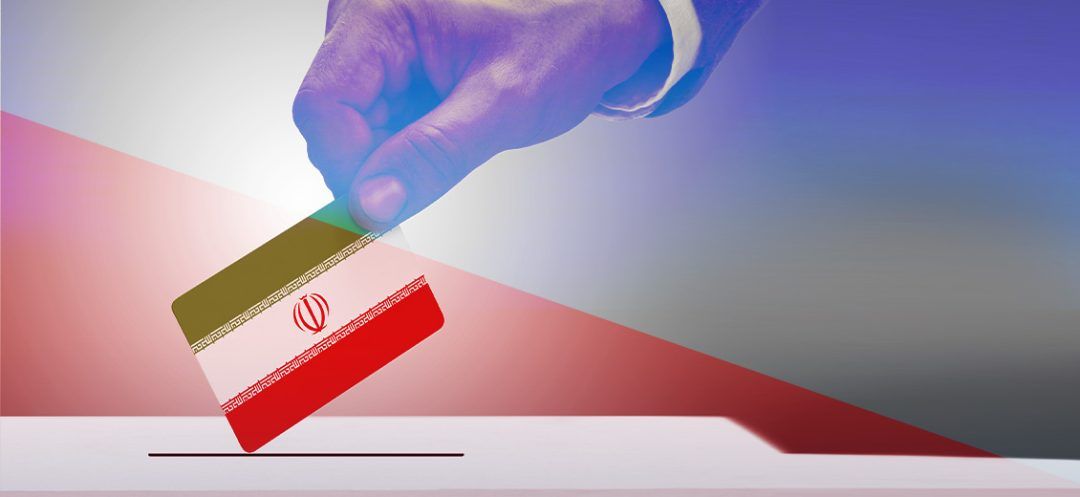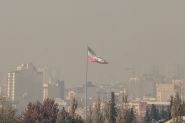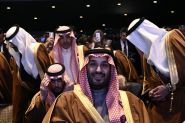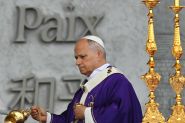- Home
- Arab World
- Is Iran’s Presidential Election Bringing Real Change?

The Iranian presidential elections were rescheduled following the tragic helicopter crash on May 19, which resulted in the immediate deaths of President Ebrahim Raisi, his Foreign Minister Hossein Amir Abdollahian and several other Iranian officials. Raisi had previously contested against President Hassan Rouhani in 2017 but did not win. However, he later won the presidency in 2021.
A runoff election will occur between the remaining primary candidates in the Iranian presidential race, Masoud Pezeshkian and Saeed Jalili, as confirmed by the Iranian Presidential Election Committee. The committee reported a voter turnout exceeding 24 million. The candidates are set to face off in a second round on July 5, as no candidate secured 50% of the votes, a situation that has happened only once before, in 2005, since the establishment of the Islamic Republic 45 years ago.
According to the Ministry of Interior’s statistics, voter turnout in the Iranian presidential elections was approximately 40%, the lowest since the 1979 revolution. Some people question the underlying reasons for this voting decline and whether it represents a form of popular dissent against Iran’s deteriorating living, economic and social conditions. Furthermore, the sphere of generalized retreat has expanded as a result of the severe crackdown on popular protests that followed the killing of activist Mahsa Amini. These protests significantly subsided after being almost continuous across various Iranian cities and regions, not just limited to the capital, for many months.
It's obvious that the enduring political struggle between Iran's conservative and moderate wings, as delineated in recent years, has once again taken center stage in the presidential elections. This has previously surfaced, notably during the two consecutive terms of reformist President Mohammad Khatami between 1997 and 2005. Khatami endeavored to foster openness towards the West and to moderate Iran's foreign policy. However, his initiatives quickly faced opposition from conservatives, backed by supreme leader Ayatollah Ali Khamenei. The conservative authorities responded by electing Mahmoud Ahmadinejad, who maintained a staunch stance in both foreign and domestic policies.
The pattern repeated itself after the election of the moderate President Hassan Rouhani, who concluded the nuclear agreement with the West during his term. Subsequently, President Ebrahim Raisi was elected, but met his demise in a helicopter crash, as widely known.
A shift back to the moderate wing appears unlikely, given the supreme leader's conservative stance on opening up to the West or scaling back support for Tehran’s military proxies operating in various Arab capitals.
Moreover, some argue that Iran stands out alone globally for subjecting an elected president to the directives of an unelected official (Khamenei) without any form of accountability. Any new Iranian president will face a myriad of internal and external challenges and difficulties, suggesting the need for a new approach.
Read more





Comments